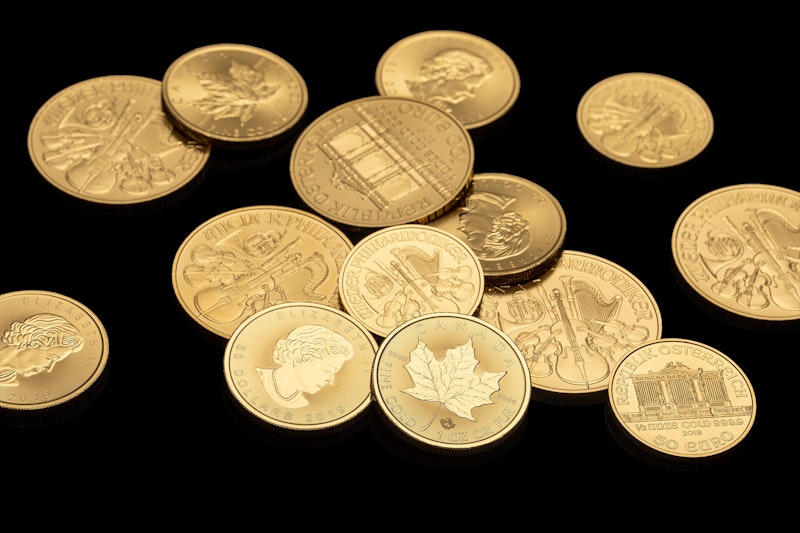
Wrapped ETH, wETH - What's the Point?
Once you begin exploring things like DeFi, dApps, and web3 you might begin seeing a new token referenced often: wrapped ETH or wETH
If you're familiar with cryptocurrency, you've probably heard of some native crypto coins; Bitcoin, Ethereum, and maybe Dogecoin. Once you begin exploring things like DeFi, DApps, and Web3, you might start seeing a new token referenced often: wrapped ETH or wETH.
What is the difference between ETH and wETH, and what's the point in wrapping ETH to use it?
What is a Wrapped Token?
A wrapped token, like wETH, is a token that represents the currency that it's wrapping. If you hold one wETH, you can exchange it for one regular ETH; it will always have the same value.
In technical terms, wETH is a token represented by a smart contract on the Ethereum blockchain, but in simple terms, you can think of it as a cheque. Instead of having a $10 note (ETH), you have a piece of paper worth $10 (wETH), which you can exchange at the bank to get your regular old $10 back.
Why are we Wrapping Tokens?
We've gone through what a wrapped token is, but another critical question is why wrap them?
At its creation, Ethereum was a new blockchain network similar to Bitcoin. For every transaction you want to send, you need to sign it before sending it, similar to entering your PIN code or CVV when you use your credit card.
Soon after the Ethereum network was stable, its creators introduced smart contracts which allowed for managing data on the blockchain beyond just ETH transactions.
This led to the creation of a few other things: tokens that also get exchanged on the same blockchain as ETH, such as USDT or SHIB, and DApps such as exchanges that allow users to trade tokens or platforms to buy and sell goods; all managed entirely on the blockchain.
DApps were slowly standardized to use a particular token, called the ERC-20 token standard. This allowed new features for tokens like permitting a DApp to use them on your behalf, which meant that dApps could start having advanced features like auctions and scheduled transactions.
So why does ETH need to be wrapped? Well, it can't do the same things ERC-20 tokens can.
If you wanted to use ETH to bid on an NFT or schedule a transaction with someone a week from today, you would need to wait until it happens and sign off on the transaction. It would be like scheduling a bank transfer to pay your bills, then having to open your bank app and enter your PIN code exactly when you want the planned transfer to happen.
To solve this issue, someone created the wETH token to have a token equal to ETH rather than trading ETH for another token with a different value.
When you use your wETH on any DApp, it has the same value as ETH. It's akin to passing a cheque to someone and can be passed on ten more times without your knowledge before the final recipient redeems it back for fiat currency or ETH.
The main difference between an actual cheque and wETH is that you need to trade your ETH for wETH, so it can never bounce due to a lack of funds like a real-world cheque.
How do You get this Wrapped ETH
The most common way to get wETH today is to trade your ETH for wETH on an exchange like Uniswap or SushiSwap, which can be sold back for regular ETH again on any exchange.
The technical details behind the scenes involve interacting with the smart contract.
To wrap ETH, users would send ETH to the wETH smart contract and receive an equal amount of wETH. To unwrap wETH, users send wETH to the wETH smart contract, which would return regular ETH. The contract then burns the wETH to ensure that nobody can use wETH that isn't backed by an equal amount of ETH locked in the smart contract.
The average user will never need to worry about the behind-the-scenes portion of this; an exchange is the only way most users will know to get wETH.
Conclusion
Now that you understand what wrapped tokens are, why they're needed, and how to get them, you can go forth and play around in the world of DApps and Web3 and enjoy using your cryptocurrency wherever you go!
Remember to be careful when granting any platform access to your money. Make sure any platform you interact with is safe and well-reviewed before giving access to anything you own.
